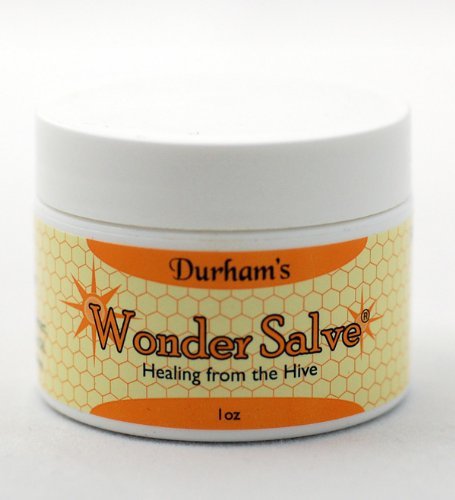Shingles Ointment Treatment: Best Pain Relief Creams and Antiviral Medications
What are the most effective treatments for shingles. How do antiviral medications like valacyclovir and famciclovir work. Which over-the-counter creams provide the best pain relief for shingles symptoms. What natural remedies can help manage shingles outbreaks.
Understanding Shingles: Causes, Symptoms, and Risk Factors
Shingles, also known as herpes zoster, is caused by the reactivation of the varicella-zoster virus (VZV) that initially causes chickenpox. This virus remains dormant in nerve cells and can resurface later in life, leading to a painful skin rash. Approximately 30% of adults in the United States will experience shingles at some point in their lives.
The primary symptoms of shingles include:
- A tingling or itching sensation on one side of the body or face
- A rash appearing in a single stripe within a specific dermatome
- Pain and sensitivity in the affected area
- Fluid-filled blisters that eventually crust over
Several factors can increase the risk of developing shingles:
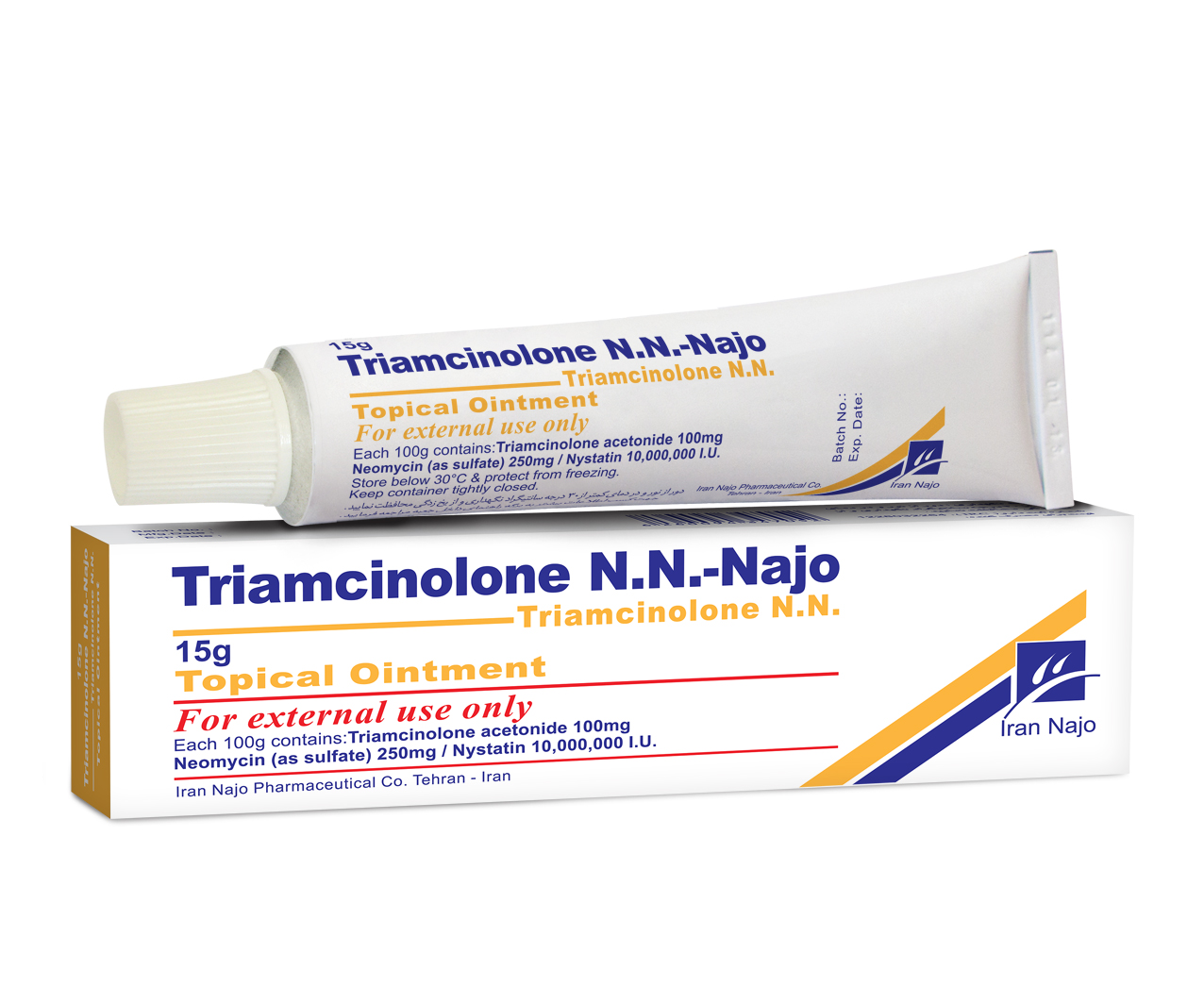
- Age (being over 50)
- Weakened immune system
- Certain cancers and cancer treatments
- Immunosuppressant medications
- HIV infection
- Female gender
Antiviral Medications: The First Line of Defense Against Shingles
Early treatment with antiviral medications is crucial for managing shingles outbreaks effectively. These drugs work by inhibiting viral replication, thereby reducing the severity and duration of symptoms. The three most commonly prescribed antiviral medications for shingles are:
- Acyclovir (Zovirax)
- Valacyclovir (Valtrex)
- Famciclovir (Famvir)
How do antiviral medications help in treating shingles? These drugs interfere with the virus’s ability to multiply, which can:
- Shorten the duration of the outbreak
- Reduce the severity of symptoms
- Lower the risk of complications, including postherpetic neuralgia (PHN)
- Accelerate the healing process of skin lesions
Valacyclovir and Famciclovir: A Closer Look
Valacyclovir and famciclovir are second-generation antiviral medications that offer improved bioavailability compared to acyclovir. This means they can be taken less frequently while maintaining effectiveness.
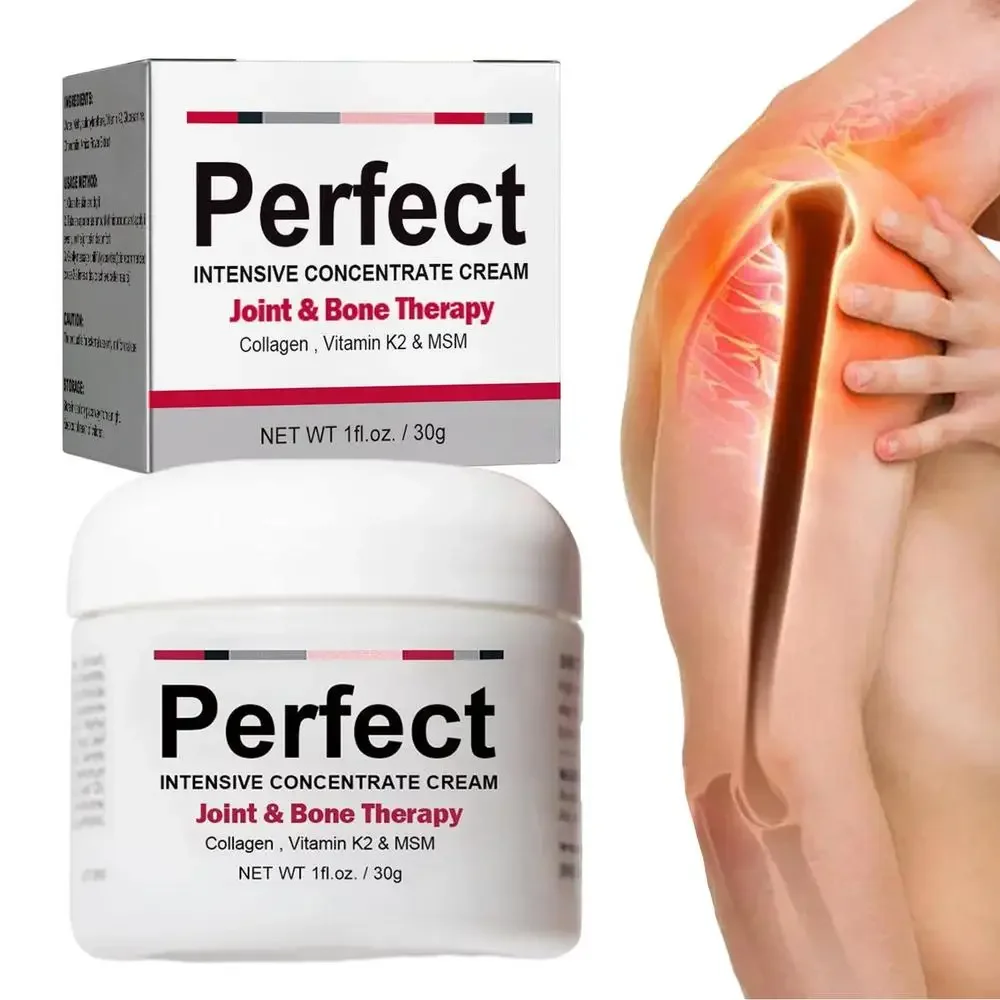
Valacyclovir is a prodrug of acyclovir, which means it’s converted to acyclovir in the body. It offers the following advantages:
- Higher oral bioavailability than acyclovir
- Less frequent dosing (typically 2-3 times daily)
- Potentially faster resolution of pain
Famciclovir, on the other hand, is rapidly converted to penciclovir in the body. Its benefits include:
- Long intracellular half-life, allowing for less frequent dosing
- Good efficacy in reducing acute pain and preventing PHN
- Generally well-tolerated with fewer side effects
Topical Treatments: Soothing Relief for Shingles Rash
While antiviral medications address the underlying viral infection, topical treatments play a crucial role in managing the symptoms of shingles, particularly the pain and discomfort associated with the rash. These treatments come in various forms, including creams, lotions, and ointments.
What are the benefits of using topical treatments for shingles?
- Pain relief: Many topical treatments contain analgesic ingredients that help alleviate the burning and stinging sensations.
- Prevention of secondary infections: Some formulations include antibacterial components to protect against bacterial infections in the affected area.
- Itch relief: Certain topical treatments can help reduce the itching associated with shingles rash.
- Skin hydration: Moisturizing ingredients in some products can help keep the skin hydrated and promote healing.
Over-the-Counter Creams: Finding the Best Pain Relief for Shingles
For many individuals suffering from shingles, over-the-counter (OTC) creams can provide significant relief from symptoms. These products are readily available and can be used alongside prescribed treatments.
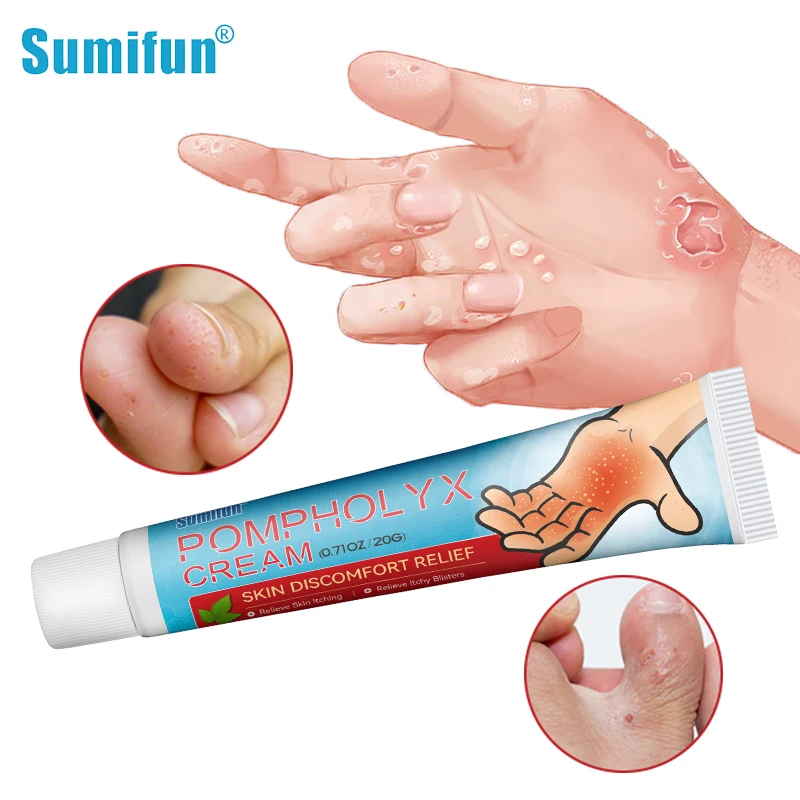
Which OTC creams are most effective for managing shingles pain?
- Capsaicin cream: Derived from chili peppers, capsaicin can help reduce pain by depleting substance P, a neurotransmitter involved in pain signaling.
- Lidocaine patches or cream: This local anesthetic can provide temporary numbness and pain relief in the affected area.
- Calamine lotion: Known for its soothing properties, calamine can help relieve itching and dry out oozing blisters.
- Menthol-based creams: The cooling sensation of menthol can help alleviate pain and itching.
- Zinc oxide ointment: This can help dry out blisters and promote healing of the skin.
When using OTC creams, it’s important to follow the instructions carefully and consult with a healthcare provider if symptoms persist or worsen.
Prescription Topical Treatments: Advanced Relief for Severe Cases
In some cases, over-the-counter options may not provide sufficient relief, and healthcare providers may prescribe stronger topical treatments. These prescription-strength options can offer more potent pain relief and additional benefits for managing shingles symptoms.
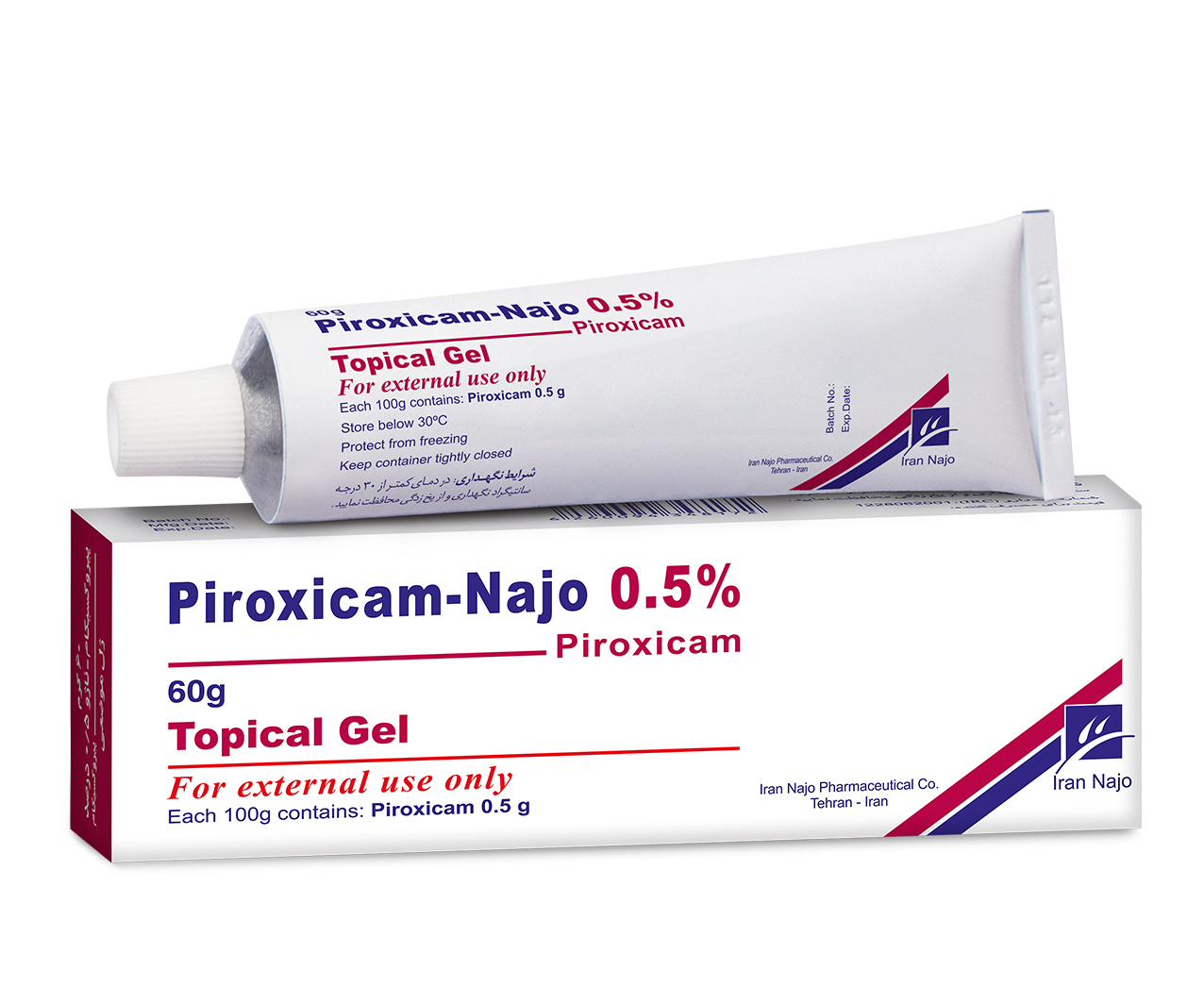
What prescription topical treatments are available for shingles?
- Topical corticosteroids: These can help reduce inflammation and itching, particularly in cases of herpes zoster ophthalmicus affecting the eye area.
- High-strength lidocaine patches: Prescription-strength lidocaine can provide more prolonged and intense pain relief compared to OTC versions.
- Capsaicin 8% patch (Qutenza): This high-concentration capsaicin patch is applied by a healthcare professional and can provide extended pain relief.
- Combination creams: Some prescription formulations combine multiple active ingredients for enhanced effectiveness.
It’s crucial to use prescription topical treatments exactly as directed by a healthcare provider to maximize benefits and minimize potential side effects.
Natural Remedies: Complementary Approaches to Shingles Management
While medical treatments are the primary approach to managing shingles, some individuals find relief through natural remedies. These complementary approaches can be used alongside conventional treatments but should always be discussed with a healthcare provider first.
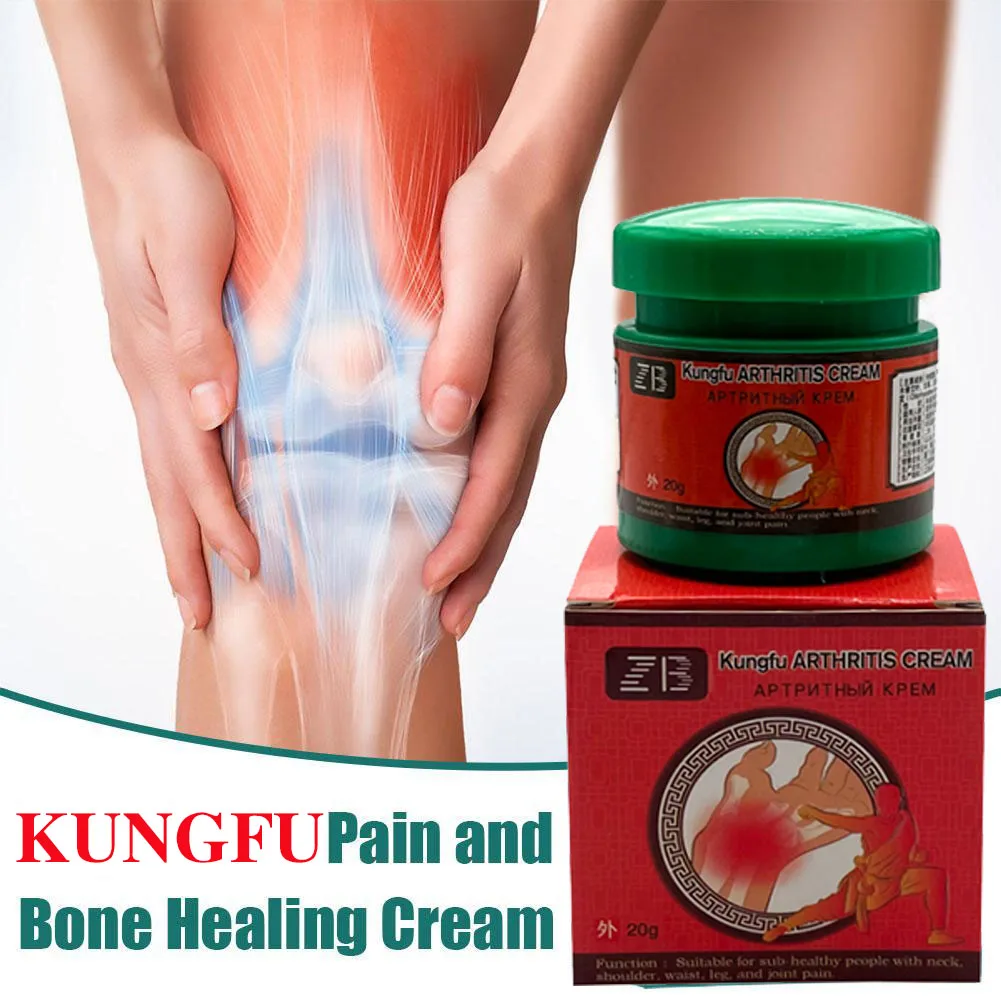
Which natural remedies show promise in alleviating shingles symptoms?
- Cool compresses: Applying cool, wet compresses to the affected area can help soothe pain and reduce inflammation.
- Oatmeal baths: Colloidal oatmeal added to a lukewarm bath can help relieve itching and promote skin healing.
- Essential oils: Some essential oils, such as peppermint or tea tree oil, may have analgesic or anti-inflammatory properties when properly diluted and applied topically.
- Vitamin E oil: This nutrient-rich oil may help moisturize the skin and promote healing of the rash.
- Aloe vera gel: Known for its soothing properties, aloe vera may help cool and calm irritated skin.
It’s important to note that while these natural remedies may provide some relief, they should not replace prescribed medical treatments for shingles.
Managing Complications: Addressing Postherpetic Neuralgia and Other Concerns
While prompt treatment of shingles can reduce the risk of complications, some individuals may still experience ongoing issues, particularly postherpetic neuralgia (PHN). PHN is characterized by persistent pain in the affected area even after the rash has healed.
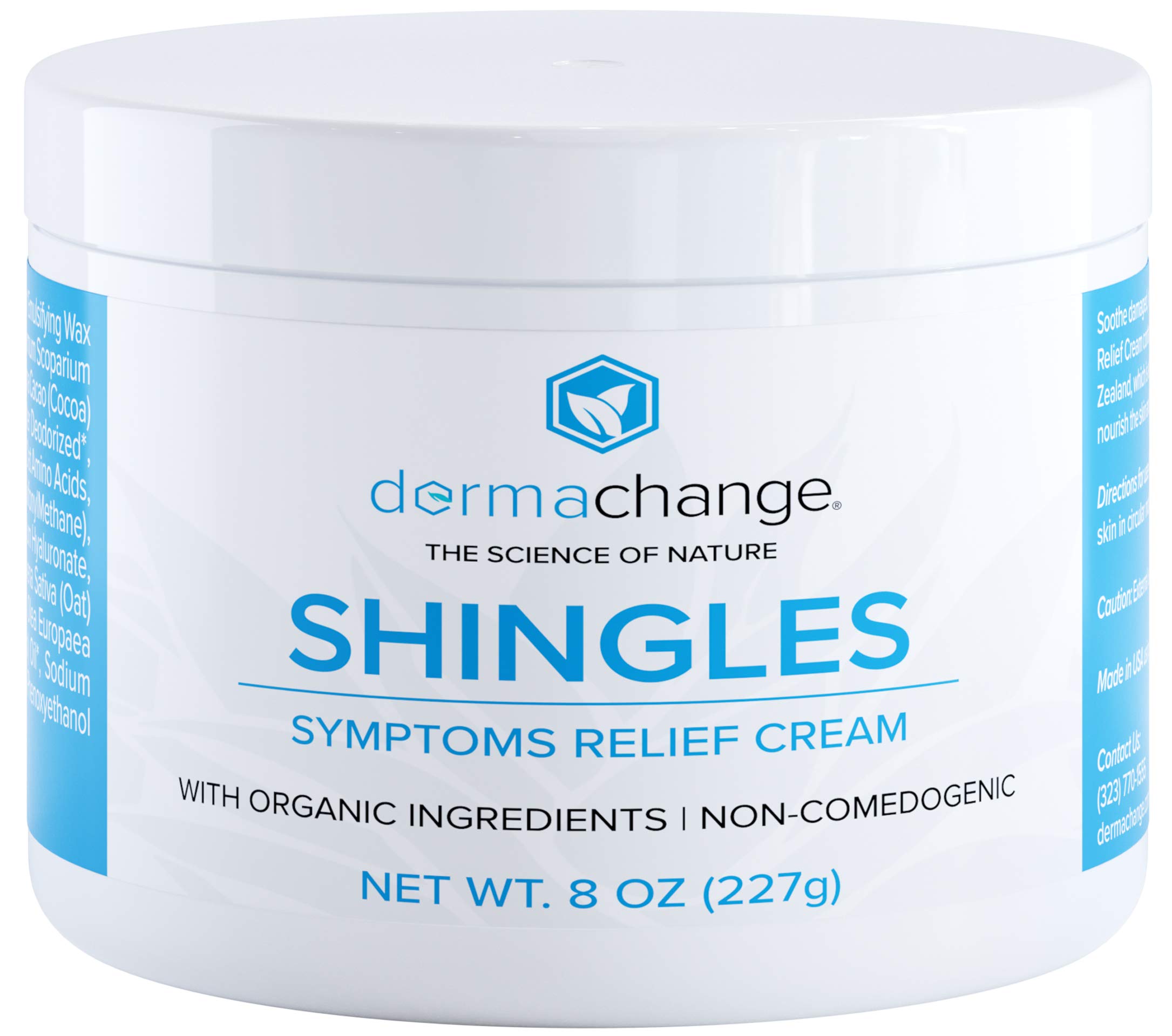
How can postherpetic neuralgia and other shingles complications be managed?
- Tricyclic antidepressants: Medications like amitriptyline can help alleviate nerve pain associated with PHN.
- Gabapentinoids: Drugs such as gabapentin or pregabalin may be prescribed to manage neuropathic pain.
- Opioid analgesics: In severe cases, stronger pain medications may be necessary, though they are typically used as a last resort due to the risk of dependency.
- Topical treatments: Lidocaine or capsaicin patches can provide localized pain relief for PHN.
- Physical therapy: In cases where shingles has caused muscle weakness or balance issues, physical therapy may be beneficial.
For complications affecting the eyes or ears, specialized treatments may be necessary. These can include antiviral eye drops, corticosteroids, or specific interventions to address hearing or balance problems.
Prevention Strategies: Reducing the Risk of Shingles Outbreaks
While not all cases of shingles can be prevented, there are strategies to reduce the risk of outbreaks and minimize their severity if they do occur.
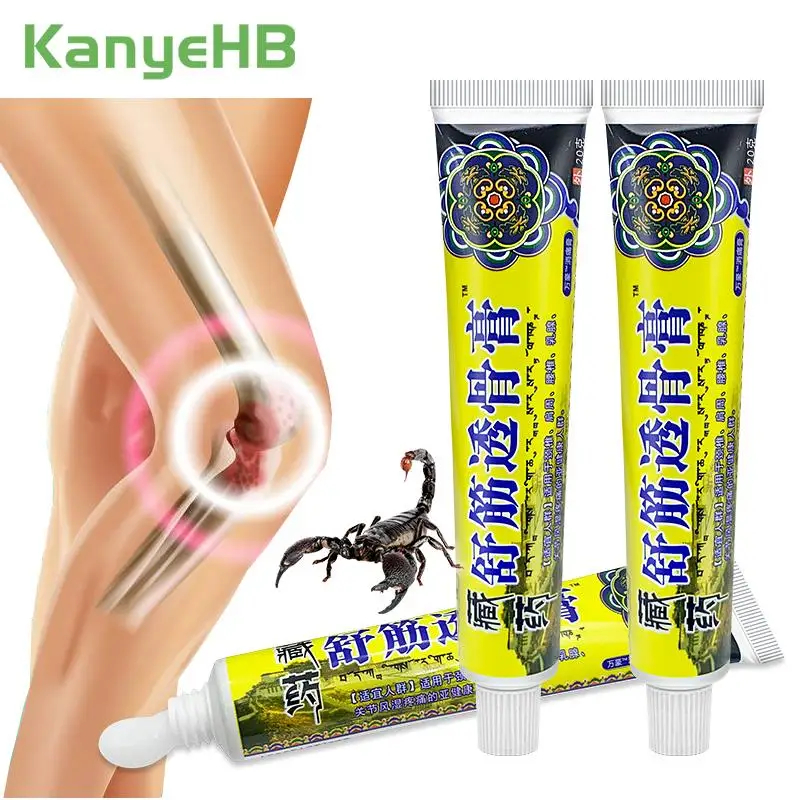
What are the most effective ways to prevent shingles?
- Vaccination: The shingles vaccine is recommended for adults over 50 and can significantly reduce the risk of developing shingles and PHN.
- Stress management: Chronic stress can weaken the immune system, potentially increasing the risk of shingles. Implementing stress-reduction techniques may be beneficial.
- Healthy lifestyle: Maintaining a balanced diet, regular exercise, and adequate sleep can help support overall immune function.
- Prompt treatment: If shingles does develop, seeking medical attention early can help reduce the severity and duration of the outbreak.
For individuals with weakened immune systems, additional preventive measures may be recommended by healthcare providers.
The Importance of Shingles Vaccination
The shingles vaccine is a powerful tool in preventing outbreaks and reducing the risk of complications. Currently, the CDC recommends the Shingrix vaccine for adults 50 years and older, including those who have previously received the older Zostavax vaccine.
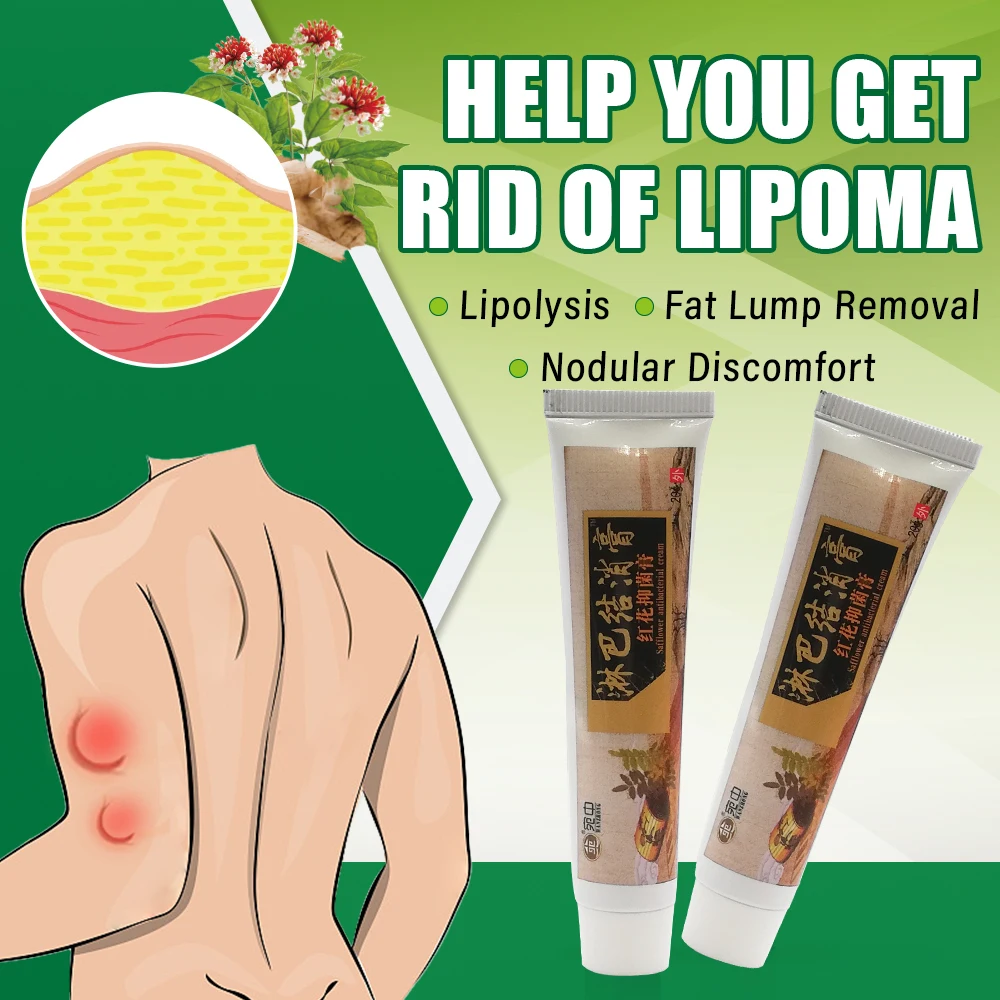
Why is the shingles vaccine so important?
- High efficacy: Shingrix is more than 90% effective in preventing shingles in adults 50 and older.
- Reduced risk of PHN: The vaccine significantly lowers the risk of developing postherpetic neuralgia.
- Long-lasting protection: Shingrix provides strong protection against shingles for at least the first seven years after vaccination.
- Safe for most adults: The vaccine is generally safe, with the most common side effects being mild and short-lived.
Individuals should consult with their healthcare provider to determine if and when they should receive the shingles vaccine.
Emerging Treatments: The Future of Shingles Management
As research into shingles and its management continues, new treatments and approaches are being developed. These emerging therapies aim to provide more effective relief, reduce complications, and potentially offer new ways to prevent outbreaks.
What are some promising areas of research in shingles treatment?
- Novel antiviral medications: Researchers are working on new antiviral drugs that may be more effective or have fewer side effects than current options.
- Immunomodulatory therapies: These treatments aim to boost or regulate the immune response to prevent or manage shingles outbreaks.
- Advanced pain management techniques: New approaches to managing acute and chronic pain associated with shingles are being explored.
- Improved vaccine technology: Ongoing research seeks to enhance vaccine effectiveness and potentially develop preventive options for younger age groups.
While these emerging treatments show promise, it’s important to note that they are still in various stages of research and development. Current standard treatments remain the primary approach to managing shingles.
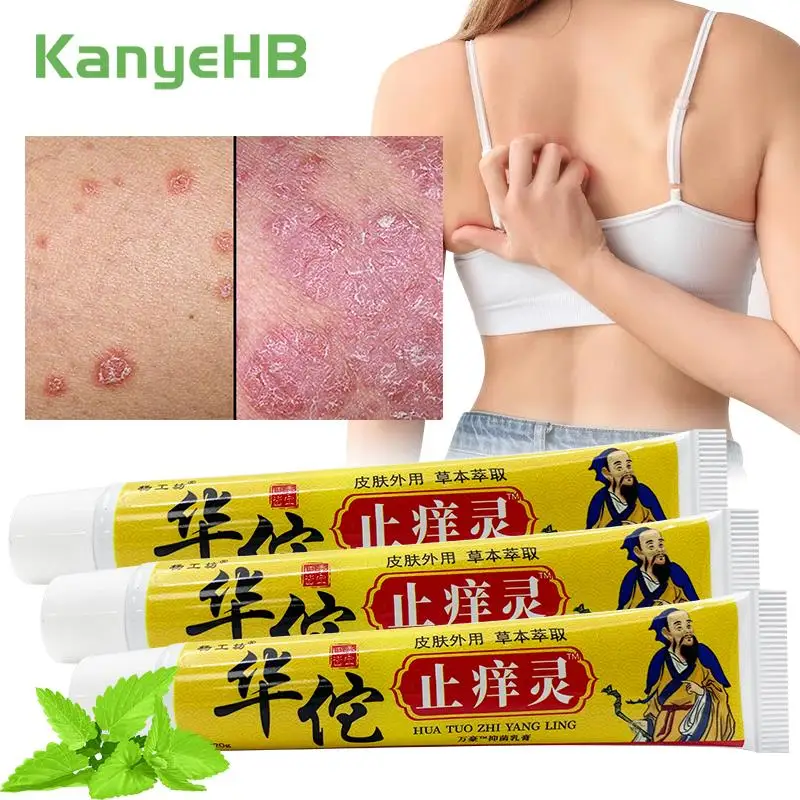
The Role of Clinical Trials in Advancing Shingles Treatment
Clinical trials play a crucial role in developing new treatments and improving existing ones for shingles. These studies help researchers understand the safety and efficacy of potential therapies before they become widely available.
How can individuals participate in shingles clinical trials?
- Consult with healthcare providers about available trials
- Check clinical trial registries for ongoing studies
- Consider the potential benefits and risks of participation
- Meet specific eligibility criteria for each trial
Participating in clinical trials not only provides access to potentially cutting-edge treatments but also contributes to the advancement of medical knowledge and future treatment options for shingles.
Best Pain Relief For Shingles: Creams And Antiviral Medication
Content
- Overview
- Symptoms of shingles
- Treatment for shingles
- Valacyclovir and famciclovir
- What are the best over-the-counter creams for shingles?
- Natural remedies
- The lowdown
If you’ve ever had chickenpox, you’ve been infected with the varicella-zoster virus (VCZ). As a child, the concept of the virus remaining in your body forever may not seem very interesting. However, if the virus does reactivate later in life and causes shingles, it can be very painful and serious.
Your doctor may refer to shingles as herpes zoster (HHV), as the virus is one of the herpes variations that can affect humans, specifically Human Herpesvirus 3 (HHV3). But no matter what it’s called, the virus lives in your nerve cells, and when it’s reactivated, it can cause a painful skin rash. About 30% of the adult population in the US will have shingles at some point. ¹
¹
There is medication to treat shingles, but one of the worst characteristics of the disease is the sometimes debilitating pain that can persist months after the rash has healed. If you catch a shingles outbreak early, your doctor can prescribe antiviral medication to ease the acute symptoms and lower your chances of developing persistent postherpetic neuralgia (PHN).
If you’re over 50, the shingles vaccine is recommended to combat the VZV virus — it significantly lowers your risk for both HZ and PHN.
Risks factors for getting shingles
Not everyone who has had chickenpox will get shingles, although there is always that chance. Not remembering you had chickenpox when you were three doesn’t mean the virus has been forgotten as well. If you’ve had the chickenpox vaccine, you may still get shingles later in life, although your risk is lower compared to those that have had chickenpox.
These are some of the risk factors for shingles:
Being over 50
Being immunocompromised
Having certain cancers and treatments
Taking immunosuppressant medication
Having HIV
Being female
Have you considered clinical trials for Shingles?
We make it easy for you to participate in a clinical trial for Shingles, and get access to the latest treatments not yet widely available – and be a part of finding a cure.
Check your eligibility
There are only a few symptoms of shingles — a tingling, itching sensation on one side of your body or face, limited to a single area innervated by a particular nerve termed a dermatome, followed a few days later by a rash in a single stripe in that area.
If you have a weakened immune system, or in rare cases, the rash can spread over contiguous dermatomes and possibly cross the midline and resemble chickenpox. These are the other signs of shingles onset:
Shingles complications
Don’t try to treat shingles symptoms on your own — the VCZ virus that causes shingles can have serious complications.
If the rash is on your face, you’re at risk for blisters to form around or in your eyes, which can lead to temporary — or even permanent — vision loss. Ramsay Hunt syndrome is also a possible complication — it is the major otologic complication of VZV reactivation, which typically involves a triad of ipsilateral (same-sided) facial paralysis, ear pain, and vesicles in the ear canal and on the auricle. ²
²
Furthermore, Ramsay Hunt syndrome (herpes zoster oticus) can also cause hearing problems, vertigo, and ipsilateral altered taste perception.
These are some other possible complications of the shingles virus:
Hearing loss
Balance issues
Bacterial infections, typically Staphylococcus aureus
Inflammation of blood vessels
Meningitis, hepatitis, pneumonia
Stroke
Treating shingles with antiviral medication reduces the severity of the outbreak. The sooner you start taking prescription meds, the shorter and milder the illness — see your doctor as soon as you have the first signs of the rash. Your doctor will prescribe one of three antivirals — Zovirax (acyclovir), Valtrex (valacyclovir), or Famvir (famciclovir).
Topical adjunctive corticosteroids — can also be prescribed to manage inflammation in the case of herpes zoster ophthalmicus. If you have persistent PHN pain, your doctor may recommend a tricyclic antidepressant or a gabapentinoid to help reduce postherpetic neuralgia symptoms. Opioid analgesics or lidocaine or capsaicin patches can also be used in patients with PHN.
Opioid analgesics or lidocaine or capsaicin patches can also be used in patients with PHN.
Topical creams
Creams, lotions, and ointments to treat shingles have a couple of benefits. They usually contain some form of analgesic to relieve the pain and other ingredients to prevent secondary bacterial infection.
Side effects of acyclovir
Acyclovir does have potential side effects. Malaise is common and not serious, but other side effects can create further problems. Here are some of the uncommon but severe side effects of acyclovir:
Tissue necrosis (IV use)
Toxic epidermal necrolysis
Stevens-Johnson Syndrome
TTP (immunocompromised pts)
Erythema multiforme
These are second-generation herpes drugs. Valacyclovir, a prodrug of acyclovir, accelerates both pain relief and persistence in shingles patients. Famciclovir has the benefit of better bioavailability — the concentration of the drug when it reaches the target site, in this case, the inflamed neurons replicating the shingles virus.
Studies comparing valacyclovir and famciclovir were inconclusive regarding superiority and found no differences in endpoints. However, a systematic review of high-quality trials established that famciclovir and valacyclovir were superior to acyclovir in reducing the possibility of prolonged pain.³
Capsaicin
Recent research indicates that capsaicin — the chemical compound that gives cayenne pepper its heat — can help with postherpetic neuralgia pain. Capsaicin can be a double-edged sword, unlike other topical shingles solutions, such as lidocaine or aloe vera.
While it does reduce substance P in the neurons by inhibiting the pain impulses between the peripheral and central nervous system, it can also make your skin burn wherever it’s applied. You can ease the burning by applying a thin layer of Salonpas or another analgesic to the area before the capsaicin.
Capsaicin also has these possible side effects:
Dry, red skin
High blood pressure
Nausea and vomiting
Respiratory symptoms — sinusitis, bronchitis, cold, cough
Dizziness and headache
Limb pain
EMLA
EMLA, or a eutectic mixture of local anesthetics, is a combination of prilocaine and lidocaine. Studies indicate that applying EMLA cream to the shingles rash “significantly” improved the patient’s pain levels.⁴
Studies indicate that applying EMLA cream to the shingles rash “significantly” improved the patient’s pain levels.⁴
Patches for PHN
A lidocaine patch (Dermalid, Lidoderm, Ztido) is available with a prescription. The patch is a 5% concentration, but patients can use up to three patches on a single area at any given time for pain management for up to 12 hours daily. Capsaicin patches have also shown positive outcomes in several studies.⁵
Whereas a cream must be applied several times daily to be effective, patients wear the patch for several hours, guaranteeing the constant transmission of the capsaicin chemicals.
Choosing the right OTC shingles cream is largely a matter of personal preference. There is a range of ingredients, effectiveness, and cost of the different creams. Some creams contain natural ingredients, while others have analgesics that control pain.
There isn’t a lot of research on which creams are most effective. Online reviews may be the best place to get unbiased information on OTC cream results.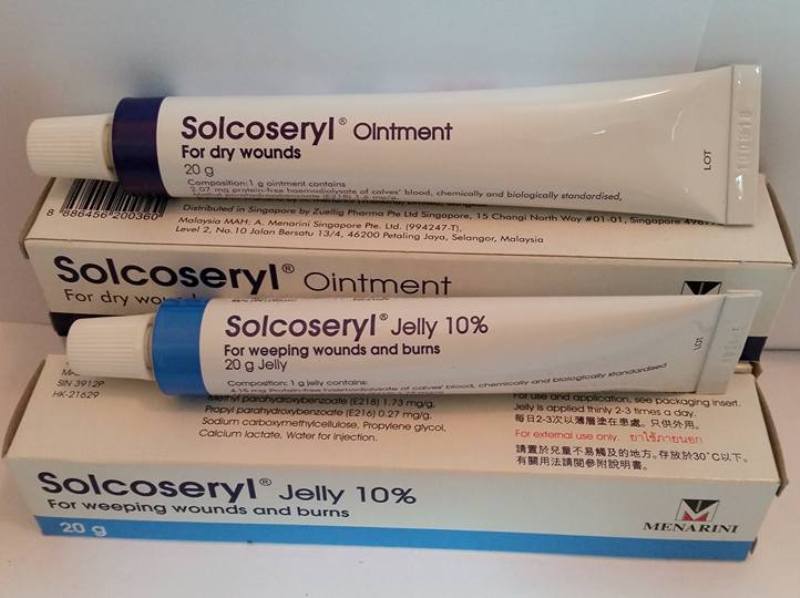 Expense is another consideration — some are quite expensive.
Expense is another consideration — some are quite expensive.
Lidocaine
Lidocaine is a topical anesthetic that numbs the skin and underlying nerve tissue when applied. Prescription-strength lidocaine has better results for shingles pain, but it can ease some itching and burn in an OTC cream.⁶
The highest concentration you can get without a prescription is 5%. Whereas, as a prescription, the cream can be compounded as high as 10%. Some OTC medications with lidocaine include Aspercreme, Absorbine jr, and Salonpas.⁷
Calamine
You probably have some calamine lotion handy for treating poison ivy and mosquito bites, but you can also apply it to open lesions to reduce pain and pruritus.
Hydrocortisone/steroids
Hydrocortisone/steroid creams may seem like a good idea to stop the blister’s itching. But they don’t help with skin infections and would be contraindicated as they may suppress the immune system reacting to the infection.
You can get past shingles without medical intervention — people have been doing it for thousands of years. But they also had no recourse to manage complications and would have probably welcomed a pill to ease the pain. You can do some things to alleviate the symptoms while dealing with the infection, but they are not great substitutes for going to the doctor.
But they also had no recourse to manage complications and would have probably welcomed a pill to ease the pain. You can do some things to alleviate the symptoms while dealing with the infection, but they are not great substitutes for going to the doctor.
Acupuncture
The Chinese have been using acupuncture for thousands of years. Although studies have not demonstrated a benefit for acupuncture in both shingles and PHN, you may still decide to try acupuncture.⁷
Honey
Clover and Manuka honey have significant antiviral properties that can combat the shingles virus, and they can be useful in managing the rash when applied topically. Citizens in developing nations use honey as a home remedy, and studies have shown that medical-grade honey is beneficial when treating cold sores — another herpes virus.
There’s nothing wrong with trying home remedies to manage some of your shingles symptoms, but you should not attempt to “cure” an outbreak on your own. Shingles, like any other herpes virus, can’t be cured, only tamped down until it returns to a latent state. If you have shingles, you can transmit it to someone who’s never had chickenpox, and they’ll get that and be susceptible to shingles later.
If you have shingles, you can transmit it to someone who’s never had chickenpox, and they’ll get that and be susceptible to shingles later.
See your doctor if you think you’re getting shingles. Most people only have one outbreak in their lifetime, but some immunocompromised patients run the risk of recurrent infections.
Before you begin self-treatment for shingles, consult your doctor for advice on the best OTC remedies.
Can I use hydrocortisone cream on shingles rash?
Medically reviewed by Carmen Pope, BPharm. Last updated on Aug 25, 2022.
Hydrocortisone cream is not recommended to put on a shingles rash and there is no evidence that hydrocortisone cream will help treat the pain of a shingles rash. The preferred treatment for shingles are antiviral medicines that you take by mouth, such as acyclovir, valacyclovir and famciclovir. These require a prescription from your doctor.
It is best to keep the rash clean and dry and not put anything on the rash if possible. Cover the rash with a nonstick dressing to prevent the virus that causes shingles being passed onto other people. The shingles rash is contagious until all the blisters have scabbed over and are dry. If the blisters are covered with a dressing, it is unlikely that the virus will pass on to others.
Cover the rash with a nonstick dressing to prevent the virus that causes shingles being passed onto other people. The shingles rash is contagious until all the blisters have scabbed over and are dry. If the blisters are covered with a dressing, it is unlikely that the virus will pass on to others.
In general, it is best to avoid applying lotions or creams (eg, moisturizer) to the affected area, as this can further irritate the skin. If you do want to put something on your shingles rash, then the American Academy of Dermatology Association recommends using calamine lotion for shingles. Calamine lotion has a cooling effect and can help reduce itching. Other topical treatments for shingles include wet compresses and colloidal oatmeal baths.
But oral antiviral treatment remains the preferred treatment for shingles and this will help the rash heal faster, reduce shingles pain, and reduce the risk of postherpetic neuralgia (long-lasting nerve pain in an area of skin previously affected by shingles) developing. Oral antivirals are most effective when started within 72 hours after the shingles rash appears. The three antiviral drugs used to treat shingles are:
Oral antivirals are most effective when started within 72 hours after the shingles rash appears. The three antiviral drugs used to treat shingles are:
- Acyclovir
- Famciclovir
- Valacyclovir.
Other oral treatments include acetaminophen or ibuprofen for pain relief. Sometimes, oral corticosteroids may be prescribed alongside oral antivirals if inflammation is severe.
References
- Centers for Disease Control and Prevention (CDC). Treating Shingles. July 1, 2019. Available at: https://www.cdc.gov/shingles/about/treatment.html. [Accessed May 2, 2022].
- Santee JA. Corticosteroids for herpes zoster: what do they accomplish? Am J Clin Dermatol. 2002;3(8):517-524. https://doi.org/10.2165/00128071-200203080-00001.
- Patient education: Shingles (Beyond the Basics) Updated Feb 15, 2022. Up to Date. https://www.uptodate.com/contents/shingles-beyond-the-basics
- Shingles: Diagnosis and Treatment. American Academy of Dermatology Association.
 2022. https://www.aad.org/public/diseases/a-z/shingles-treatment
2022. https://www.aad.org/public/diseases/a-z/shingles-treatment
Related medical questions
- Can you put hydrocortisone cream on hemorrhoids?
- What is the difference between hydrocortisone and cortisone?
- Can hydrocortisone cream be used on sunburn?
- How long does it take for neomycin, polymyxin b and hydrocortisone ear drops to work?
- Can you use hydrocortisone cream on babies?
- Does hydrocortisone cream stop itching?
- Dry Skin and Eczema
- What should you keep in your medicine cabinet for kids?
- Prednisone: What are 12 Things You Should Know?
- What are the most common skin conditions? (with photos)
- What dosage of lysine is best for herpes outbreaks?
Drug information
- Hydrocortisone Information for Consumers
- Hydrocortisone Information for Healthcare Professionals
(includes dosage details) - Side Effects of Hydrocortisone
(detailed)
Related support groups
- Hydrocortisone
(29 questions, 56 members) - Herpes Zoster
(69 questions, 206 members)
Medical Disclaimer
Herpes zoster medicine: effective treatments
Contents
- 1 Herpes zoster medicine: effective treatments
- 1.
 1 Herpes zoster: symptoms and treatment
1 Herpes zoster: symptoms and treatment- 1.1.1 What is herpes zoster lichen?
- 1.1.2 Treatment of herpes zoster
- 1.2 Manifestations of the acute phase of herpes zoster
- 1.2.1 Main symptoms:
- shingles important?
- 1.3.1 1. Preventing complications
- 1.3.2 2. Reducing the risk of infection of loved ones
- 1.3.3 3. Reducing the period of illness
- 1.4 Essential medicines for shingles
- 9 0005 1.4.1 Acyclovir
- 1.4. 2 Valaciclovir
- 1.4.3 Famciclovir
- 1.
- 1.5 Benefits of our herpes zoster drug
- 1.6 A sure way to get rid of shingles forever!
- 1.6.1 How to use the medicine
- 1.7 Recommendations for the treatment of herpes zoster
- 1.7.1 What is herpes zoster?
- 1.7.2 How to treat shingles?
- 1.7.3 Benefits of our herpes zoster medicine:
- 1.7.4 Instructions for use:
- 0
- 1.
 8.2 Dmitry:
8.2 Dmitry: - 1.8.3 Hope:
- 1.12.0.1 What side effects can occur with this medicine?
- 1.12.0.2 Can this medicine be used during pregnancy and breastfeeding?
- 1.12.0.3 How often should I take this medicine?
- 1.12.0.4 How long does it take for a drug to work?
- 1.12.0.5 How should I store this medicine?
- 1.12.0.6 What dosage forms are available for this drug?
Find out about herpes zoster medications, causes, and prevention. We will help with the choice of effective treatment and provide useful tips for a quick recovery.
Shingles is an infectious disease that causes blisters on the skin, which then turn into crusts. Treating shingles can be a long and frustrating process, but there is an effective medication that shortens the time it takes to get sick and helps avoid complications.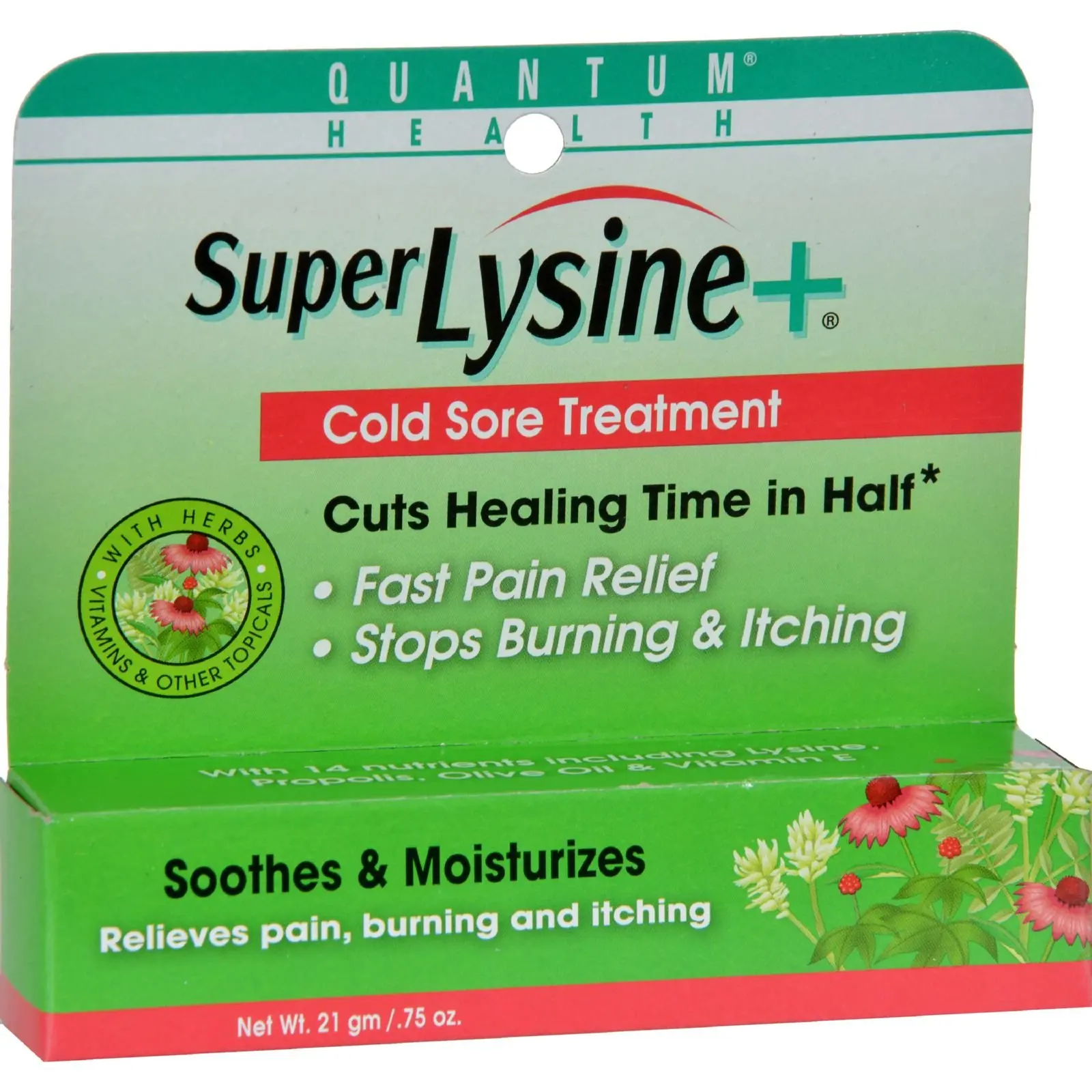
Our herpes zoster medicine contains an active ingredient that inhibits the replication of the virus that causes the disease. Thanks to this, the medicine contributes to the rapid healing of rashes and skin lesions.
Do not waste time looking for an effective remedy for shingles – our medicine will help you quickly get rid of this unpleasant disease.
Our herpes zoster remedy has already helped many patients to get rid of unpleasant symptoms and prevent complications. Order it now and return your skin to health and beauty!
Shingles: symptoms and treatment
What is shingles?
Shingles is an infectious skin disease caused by human herpesvirus type 3. It is characterized by the appearance of a group of blisters on the skin along one of the nerve trunks. Most of the time it occurs on the body, but it can also occur elsewhere.
The main symptom of herpes zoster is a painful, itchy, burning rash that turns into red fluid-filled blisters. After a few days, these blisters begin to dry out and form crusts. In some cases, nothing else happens – the infection subsides and the skin begins to heal. However, if you don’t see a doctor early in the onset of symptoms, shingles can get worse, causing a number of serious complications.
After a few days, these blisters begin to dry out and form crusts. In some cases, nothing else happens – the infection subsides and the skin begins to heal. However, if you don’t see a doctor early in the onset of symptoms, shingles can get worse, causing a number of serious complications.
Treatment of herpes zoster
Treatment of herpes zoster is usually aimed at reducing symptoms and pain. To achieve this, it is advisable to prescribe aloe leaves, which can be bought at *** or ***. But if you have a high sensitivity, or if you have wounds or cuts on your skin, you may need to stop this treatment. Instead, talk to your doctor about possible medications that can help you repair your skin quickly and effectively while keeping you as healthy as possible.
In addition, follow some simple guidelines to speed up the healing process and prevent the infection from spreading to other areas of your body. For example:
- Wear clothing that won’t irritate your skin or cause further irritation.

- Avoid close contact with people who may be in the risk group.
- Avoid scratching or touching the affected part of the skin so as not to infect other areas of your body.
- Ventilate the places where you are, as the humid environment encourages the virus to multiply.
Remember that in most cases shingles is under control and can be easily avoided if you follow simple guidelines. But if you notice symptoms that indicate the possibility that you have this disease, you need to see a specialist as soon as possible in order to most effectively recover and return to normal life.
Manifestations of the acute phase of herpes zoster
Main symptoms:
- Intense red rash on the skin
- Acute burning, itching and pain at the site of the rash
- Fluid-filled blisters that eventually burst , forming crusts and wounds
- Swelling and redness of lymph nodes near affected areas of the skin
Shingles is a viral disease caused by the Varicella-Zoster virus, also known as chicken pox. It manifests itself in the form of a rich red rash on the skin, which is often accompanied by sharp pains and burning. The disease is spread by airborne droplets and is highly contagious.
It manifests itself in the form of a rich red rash on the skin, which is often accompanied by sharp pains and burning. The disease is spread by airborne droplets and is highly contagious.
For the treatment of herpes zoster, special preparations have been developed that can quickly anesthetize and accelerate the healing process of wounds and affected skin. It is best to start treatment in the acute phase of the disease, as this will allow you to quickly get rid of unpleasant symptoms and prevent complications.
Why is early treatment of herpes zoster important?
1. Prevention of complications
Shingles is caused by a virus that attacks the nerves and skin. If you do not start treatment, the disease can progress and affect all new areas of the skin. The worst complication is post-herpetic neuralgia, a severe pain syndrome that remains after the illness has passed.
2. Reducing the risk of infecting loved ones
Shingles is a highly infectious disease.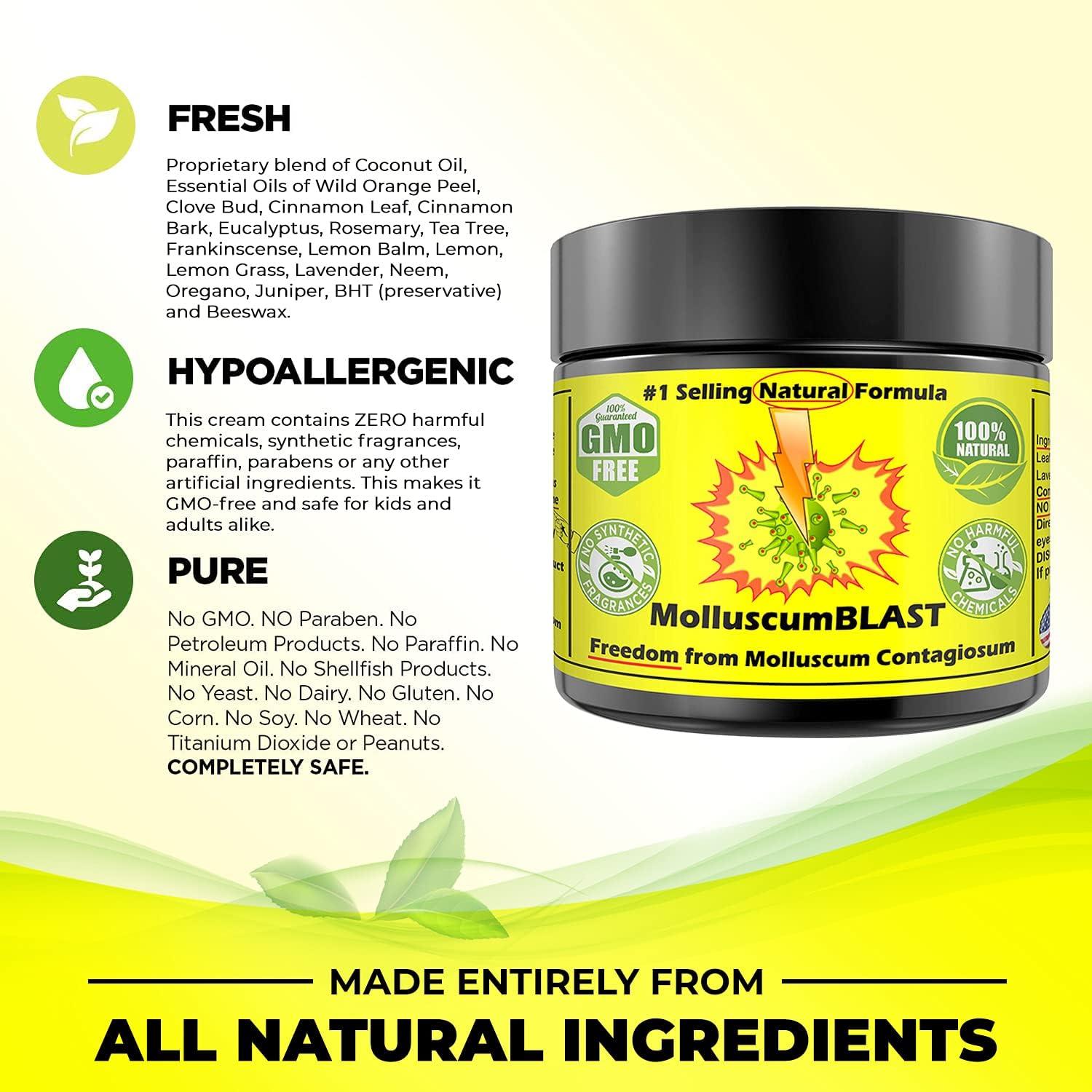 Early treatment allows you to get rid of the virus faster and reduce the risk of infecting loved ones.
Early treatment allows you to get rid of the virus faster and reduce the risk of infecting loved ones.
3. Reducing the period of illness
By starting treatment of shingles at an early stage, you can shorten the period of illness and avoid discomfort. However, early treatment of herpes zoster helps to avoid complications and reduce the number of medications that need to be taken in the future.
Conclusion: early treatment of herpes zoster has several advantages and helps to avoid unwanted complications. If you suspect that you have shingles, see your doctor and start treatment as soon as possible.
Essential medicines for herpes zoster
Aciclovir
Aciclovir is an antiviral drug used to treat herpes zoster. The drug reduces the intensity of pain and itching in the affected areas of the skin, and also speeds up the healing process. It is applied to internal and external application. The medicine is prescribed depending on the degree of development of the disease and the corresponding symptoms.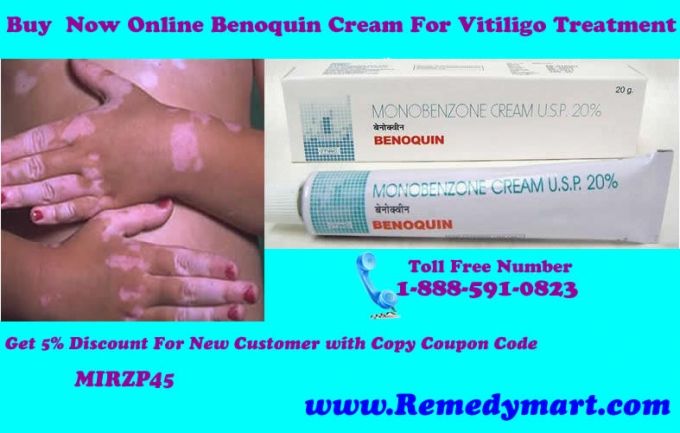
Valaciclovir
Valaciclovir is a new generation of antiviral drugs that has been developed to better control shingles. The drug eliminates not only the main symptoms of the disease, but also prevents its recurrence. The use of valaciclovir inside accelerates the healing of skin rashes and reduces the risk of complications.
Famciclovir
Famciclovir is a modern antiviral medicine used to treat and prevent herpes zoster. The drug prevents the development and growth of the virus, which reduces the likelihood of recurrence of the disease. Famciclovir accelerates the healing of inflamed skin and reduces the intensity of pain.
- Herpes zoster should be treated under medical supervision.
- Do not self-medicate.
- In the event of a recurrence of the disease, you should consult a doctor to adjust the treatment.
- Herpes zoster preparations are prescribed only after diagnosis and assessment of the degree of development of the disease.

Benefits of our herpes zoster drug
- Effectiveness: our drug quickly and effectively eliminates the symptoms of herpes zoster, thanks to a unique composition and more than 10 years of development experience.
- Safety: the drug does not contain hormones and antibiotics, which eliminates the possibility of side effects and the development of addiction to the drug.
- Pleasant fragrance: our preparation has a light and pleasant fragrance that does not cause discomfort when used.
- Ease of use: medication is easy to apply to the skin and absorbs quickly without leaving a greasy residue.
- Availability: our drug is sold in all pharmacies of the country at an affordable price.
Don’t suffer from shingles! Contact us for help and reliably get rid of this unpleasant disease.
A reliable way to forget about shingles forever!
How to use the medicine
A huge number of people all over the world fall ill with this unpleasant disease. To combat shingles, you must use a quality and proven medicine.
To combat shingles, you must use a quality and proven medicine.
The method of using the drug is very simple and does not require special skills. Simply apply the medicine to the diseased area of \u200b\u200bthe skin and rub it in for several minutes. Repeat the procedure twice a day until the symptoms disappear completely.
Our herpes zoster remedy is the best value for money. It not only helps to get rid of unpleasant symptoms, but also quickly restores the skin after an illness.
Don’t suffer from shingles a day longer – join hundreds of people who have already seen the effectiveness of our medicine!
Recommendations for the treatment of herpes zoster
What is herpes zoster?
Shingles is a skin infection caused by a parasitic fungus. It manifests itself in the form of a belt rash on the body, which is accompanied by extreme itching and burning.
How to treat shingles?
Shingles requires a course of antibiotics and special ointments and creams.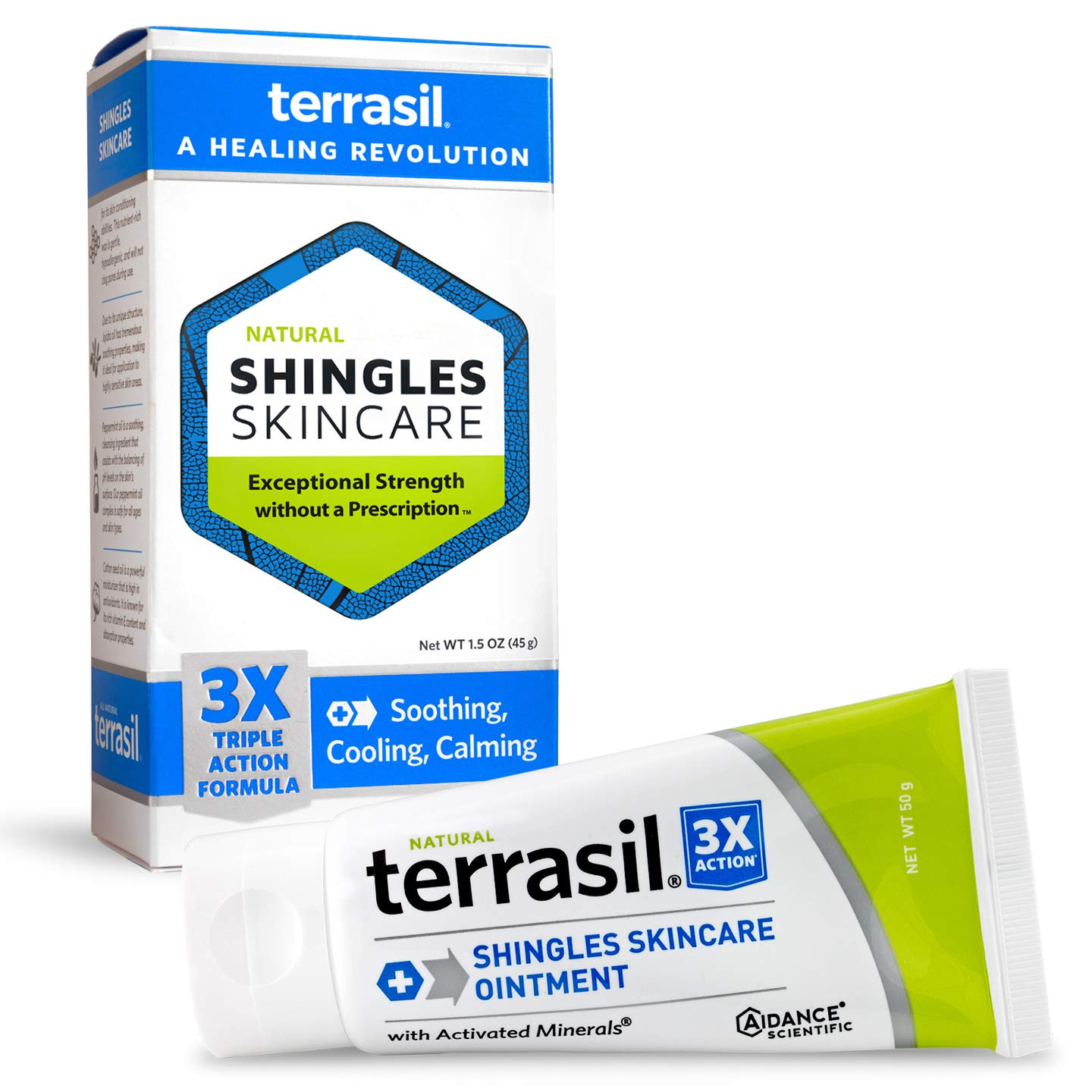 Our herpes zoster remedy contains an active ingredient that quickly and effectively fights the parasitic fungus, relieving the symptoms of shingles and speeding up the healing process.
Our herpes zoster remedy contains an active ingredient that quickly and effectively fights the parasitic fungus, relieving the symptoms of shingles and speeding up the healing process.
Benefits of our herpes zoster medicine:
- Fast acting
- Highly effective
- Convenient and easy to use
- No side effects or allergic reactions
- Excellent value for money 9001 0
Instructions for use:
| Step 1: | Thoroughly cleanse affected skin and treat with antiseptic |
| Step 2: | Apply the medicine to the affected areas in a thin layer and spread evenly |
| Step 3: | 10 days, depending on the presence of symptoms and the degree of skin lesions |
Do not forget that at the first sign of herpes zoster, treatment should be started immediately. Our herpes zoster remedy is a reliable assistant in the fight against this disease!
Our clients’ testimonials about herpes zoster medicine
Tatiana:
I’ve been suffering from shingles for several years now and no medicine has helped me get rid of it. However, after I started using your medicine, the results became noticeable already on the third day. The skin stopped peeling and the itching stopped. Thank you very much!
However, after I started using your medicine, the results became noticeable already on the third day. The skin stopped peeling and the itching stopped. Thank you very much!
Dmitry:
I couldn’t get rid of shingles until I tried your medicine. Within two weeks of use, my skin was completely clear! No side effects were observed, the medicine is easy to use. Highly recommend!
Hope:
I struggled with shingles for a long time and was desperate when nothing worked. In the end, I decided to try your medicine and the results were amazing! Not only did she quickly get rid of lichen, but the skin looks much better than before. I’m glad I took the risk and tried it!
Tatyana: I have been suffering from shingles for several years now, and no medicine has helped me get rid of it. However, after I started using your medicine, the results became noticeable already on the third day. The skin stopped peeling and the itching stopped. Thank you very much! Thank you very much! | |
| Dmitry: I couldn’t get rid of shingles until I tried your medicine. Within two weeks of use, my skin was completely clear! No side effects were observed, the medicine is easy to use. Highly recommend! | |
| Hope: I struggled with shingles for a long time and was desperate when nothing worked. In the end, I decided to try your medicine and the results were amazing! Not only did she quickly get rid of lichen, but the skin looks much better than before. I’m glad I took the risk and tried it! |
Facts about our herpes zoster remedy
Herpes zoster is a very common condition that can be caused by a variety of factors. However, the main causes of its appearance are stress, a lowered immune system and infection with the herpes virus.
The medicine we offer is formulated from natural ingredients and has no side effects. It is compatible with other drugs, making it versatile and suitable for use in all conditions.
Take our shingles medicine and forget about the disease, enjoying a healthy and beautiful body!
- Fast elimination of the unpleasant symptoms of herpes zoster;
- Natural ingredients and no side effects;
- Versatility and compatibility with other drugs.
Order our shingles medicine today and enjoy clear skin!
Is there a cure for herpes zoster and where can I buy it?
Shingles is a viral disease that can lead to erythema and blistering of the skin. It causes severe discomfort and can significantly affect the quality of life.
There are many medicines that can help you cope with this unpleasant disease. However, to obtain the maximum effect, it is necessary to choose the right drug and complete the full course of treatment.
Are you sure you want to buy herpes zoster medicine? Contact the pharmacy, where you can always get qualified advice from a pharmacist and choose the most effective medicine.
- There are many herpes zoster medicines on the market today and it is important to choose the right one.

- Consultation with a pharmacist will allow you to choose a medicine, taking into account all the individual characteristics of the patient.
- In our pharmacy store you will always find a wide range of herpes zoster medicines.
- We offer only certified medicines from leading manufacturers at the most affordable prices.
Don’t endure discomfort and don’t put off treatment until later – contact us right now and we will help you find the best cure for shingles!
Related videos:
Q&A:
What are the possible side effects of this medicine?
Possible side effects may include: burning, itching, redness of the skin; dizziness, nausea, vomiting; pain in muscles and joints. If you experience any discomfort after using the medicine, contact your doctor.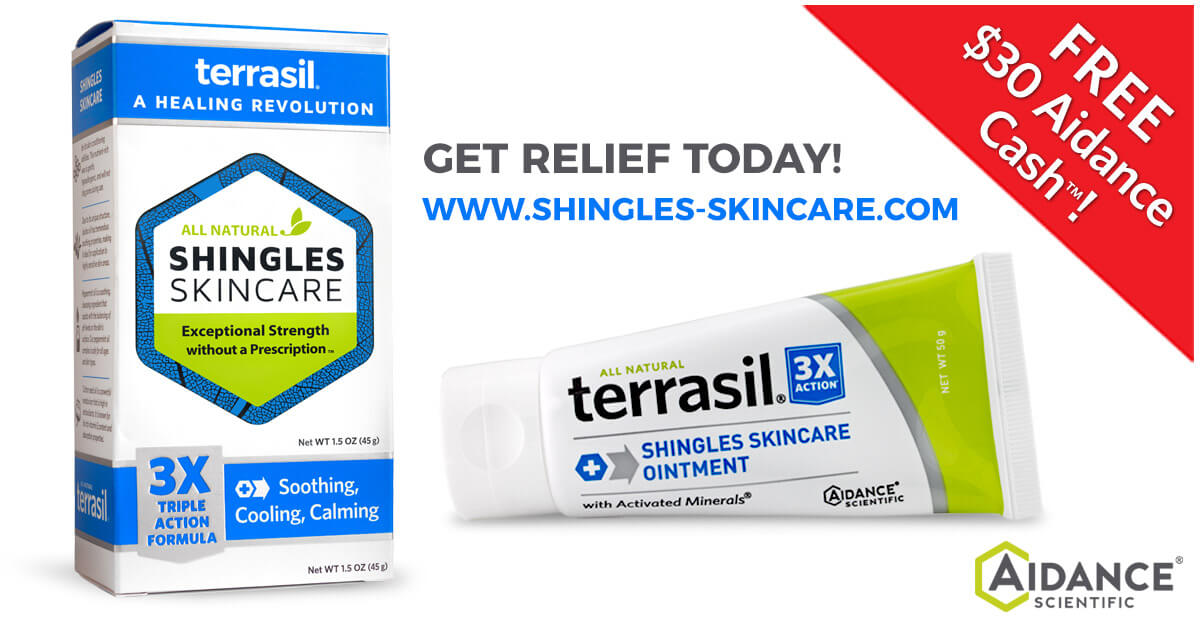
Can this medicine be used during pregnancy and breastfeeding?
Always consult your doctor before using this medicine if you are pregnant or breastfeeding. He will determine if the medicine can be used in your particular situation and at what dosage.
How often should I take this medicine?
The dosage and frequency of administration depend on the degree of development of the disease and are recommended only by a doctor. Never change the dosage yourself! Follow all doctor’s recommendations.
How long does it take for the medicine to work?
The effect of the drug usually begins to appear in the first few days after the start of treatment. However, the duration of treatment and the effectiveness of the drug may vary in different patients depending on the degree of development of the disease.
How should I store this medicine?
Store the medicine in a cool and dry place, away from direct sunlight and heat. Keep the medicine out of the reach of children. Do not use the medicine after the expiration date.
Do not use the medicine after the expiration date.
What formulations are available for this drug?
This medicine is available as ointments, creams, gels and tablets. The form of release depends on the goals of treatment and the degree of development of the disease. Be sure to consult your doctor to choose the right release form.
Shingles ointment: top 5 most effective remedies than smearing herpes zoster in humans, is it possible to smear brilliant green?
An acute infectious disease caused by the Zoster virus and affecting the skin with the nervous system is called herpes zoster. The disease affects people who have previously had chickenpox.
After a visible cure of the skin, the body still retains virus particles that are in a “sleep” mode. For the virus to be activated, the slightest decrease in immunity due to chronic diseases, hypothermia, bad habits, chemotherapy, etc. is enough.
With the therapeutic purpose of this disease, an ointment from herpes zoster with an antiviral, antihistamine or antifungal effect is widely used.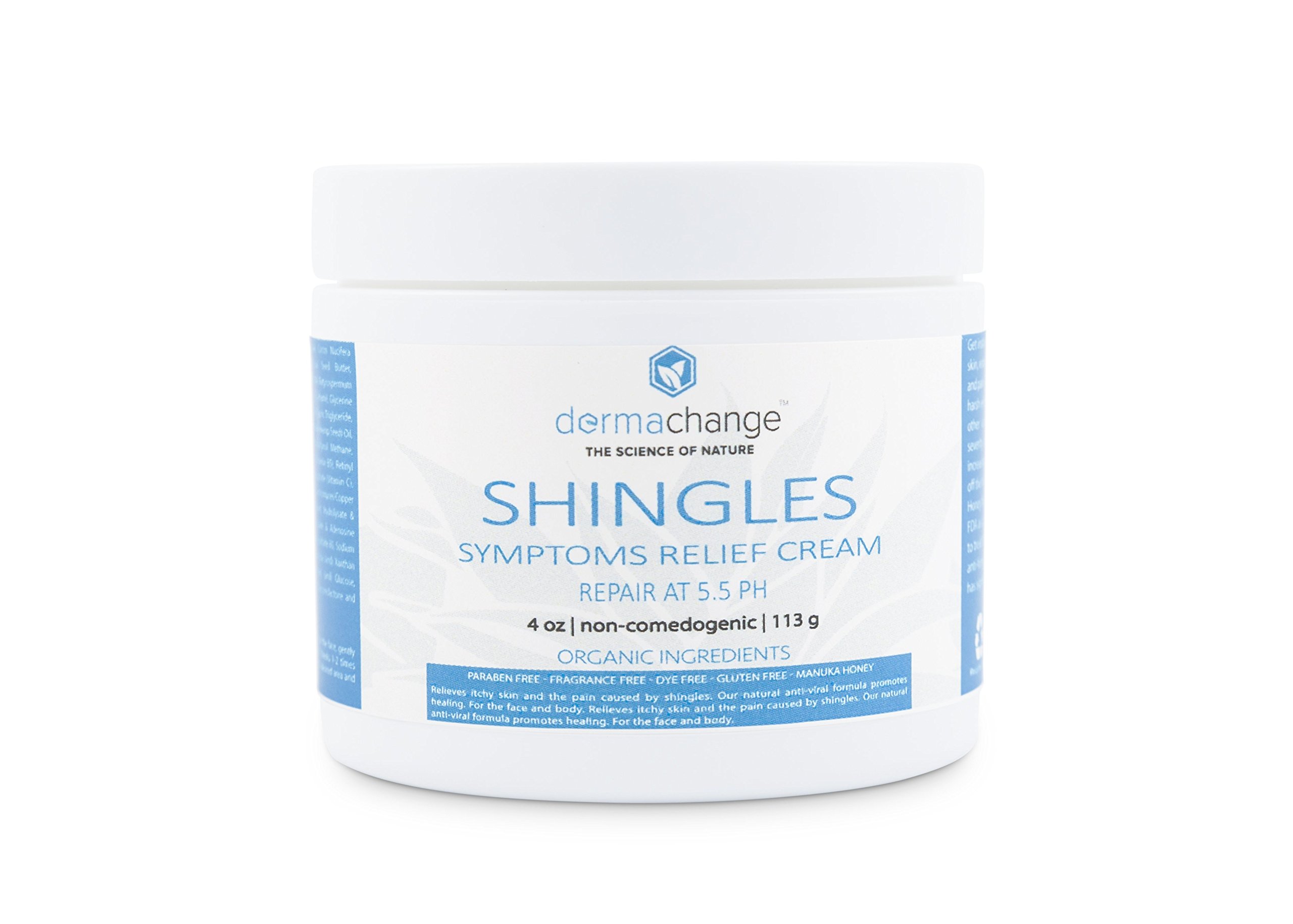 The action of the drugs is aimed at eliminating itching, rashes and inflammation. Let us consider in more detail – how to smear shingles in humans.
The action of the drugs is aimed at eliminating itching, rashes and inflammation. Let us consider in more detail – how to smear shingles in humans.
Article content
- 1 Aciclovir – ointment for herpes infections
- 2 Zovirax – ointment for herpes zoster
- 3 Lidocaine ointment
- 4 Ointments based on penciclovir
- 5 Hyporamine ointment in the fight against herpes
- 6 Alpizarin based on herbal ingredients
- 7 Useful video
- 8 Other related articles
Acyclovir – ointment for the treatment of herpes infections 9 0115
Acyclovir ointment is highly effective against viruses herpes simplex types 1 and 2, Varicella zoster virus, cytomegalovirus and Epstein-Barr virus.
Manufacturers produce two types of the drug, differing in the concentration of the active substance:
- 3% – used for the treatment of mucous membranes;
- 5% – applied to the skin.
The drug is applied to the affected areas up to 6 times a day.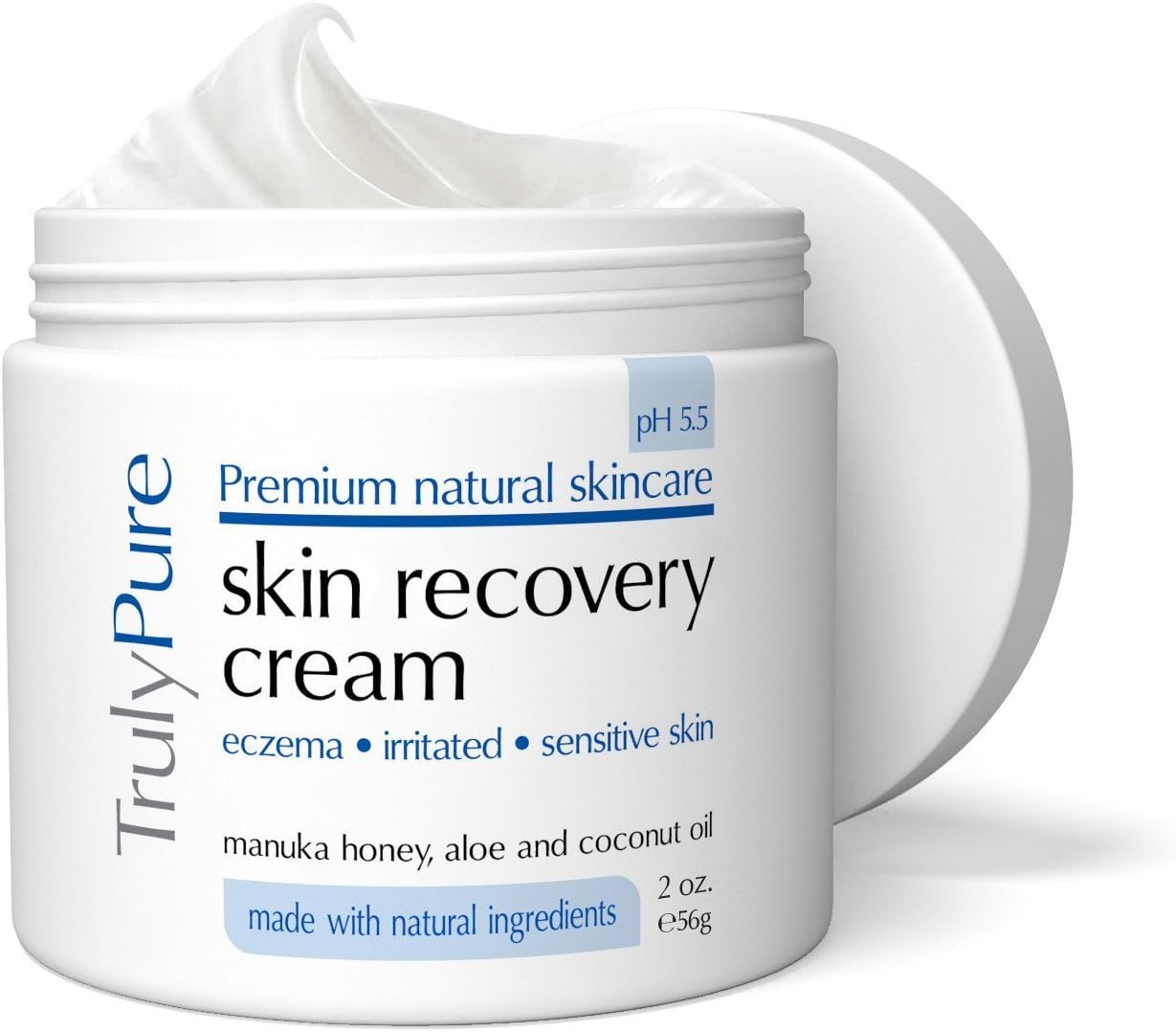 The course of therapy is 7-10 days.
The course of therapy is 7-10 days.
IMPORTANT
Do not stop treatment after the condition improves to prevent further spread of the virus.
Zovirax – ointment for herpes zoster
Zovirax ointment is a foreign analogue of Acyclovir, which prevents the synthesis of viral cells and reduces its activity in the body.
Thanks to this, inflammation is eliminated, skin rashes disappear and the level of local immunity increases.
This ointment for shingles in humans is most effective if it was applied at the first signs of the disease – itching, tingling in the area of future rashes, redness of the skin.
Treatment must be continued until the formation of herpes crusts. If the drug does not show positive results within 4-6 days from the start of use, then you should contact your doctor.
IMPORTANT
Herpes zoster ointment on the body of a sick person does not protect people who come into contact with him from infection!
Lidocaine ointment
Gerpferon ointment is an effective combined preparation for the treatment of herpes zoster. The composition of the drug includes the following components:
The composition of the drug includes the following components:
- acyclovir – inhibits the replication of the virus in infected cells;
- lidocaine – has an analgesic effect;
- interferon – stimulates the phagocytic function of neutrophils in the lesions.
This herpes zoster ointment prevents the formation of fresh rashes, reduces pain in the acute phase, reduces the possibility of further spread of the rash and the risk of developing visceral complications, and brings the recovery time closer. Thanks to interferon, an immunostimulating effect is provided.
Herpferon ointment is applied to the infected areas of the skin evenly in a thin layer up to five times a day. The interval between applications should be at least four hours. The duration of treatment depends on the severity of the symptoms of the disease and averages 7 days.
Penciclovir-based ointments
If a doctor has prescribed an ointment for herpes zoster on the body with the antiviral agent penciclovir, then you should not think that it is less effective than Acyclovir.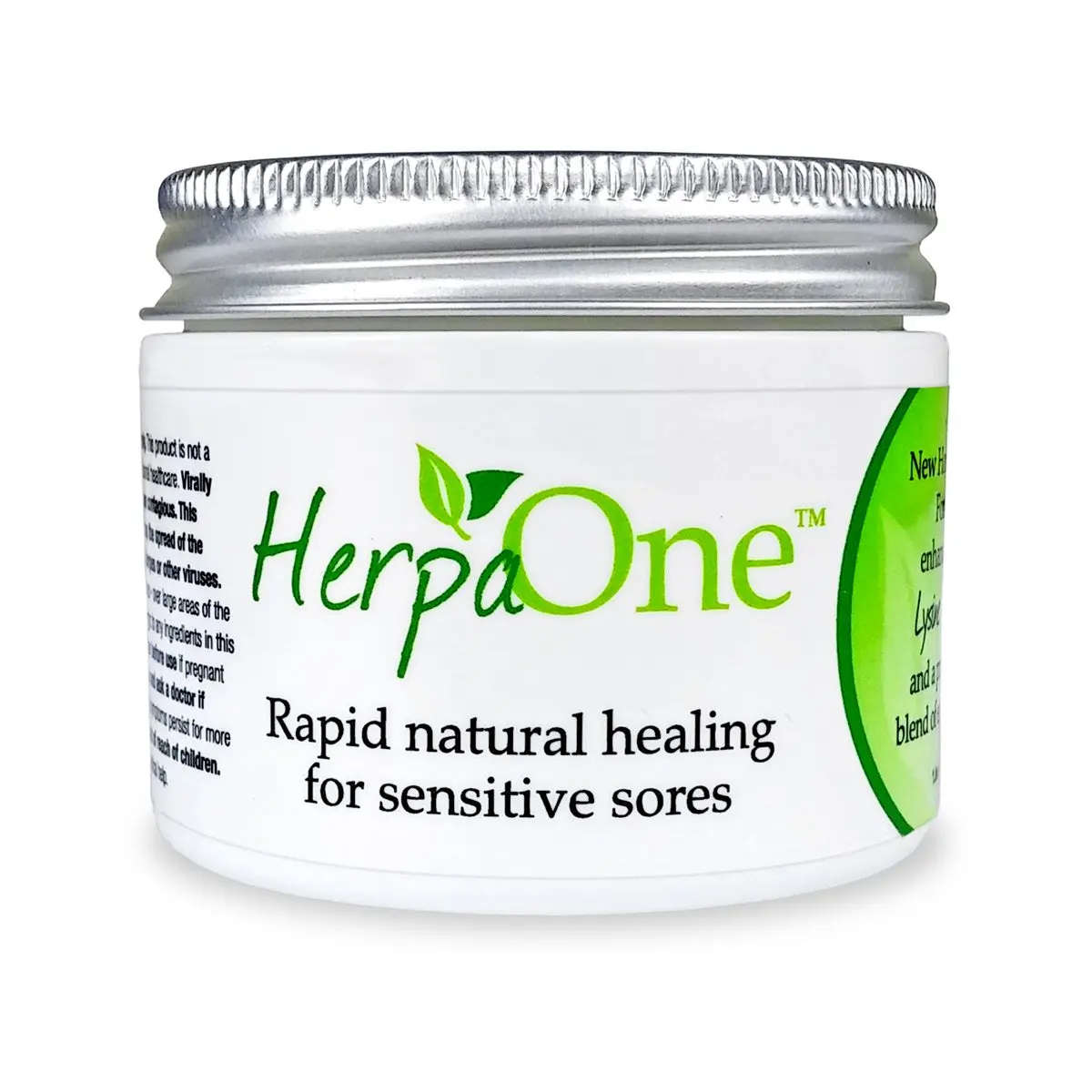
The active substance also penetrates the cells affected by herpes and inhibits the processes of viral DNA replication, which leads to the cessation of their reproduction.
Quick recovery, reduction of pain intensity, reduction of the period of risk of transmission of viral infection – this is only part of the positive effects of the application of the ointment.
Ointments containing the active substance penciclovir:
- Vectavir;
- Fenistil Pencivir;>
- Penciclovir-Fitovit.
Consult your doctor before using any of the above medicines for herpes zoster. Some of them have contraindications for age and other criteria.
Hyporamine ointment in the fight against herpes
The ointment is based on a dry extract from the leaves of sea buckthorn, which has an antiviral effect. The drug not only eliminates the activity of many viruses, but also increases the production of interferon in the body.
The active substance is low toxic and does not cause allergenic, carcinogenic, mutagenic or teratogenic effects.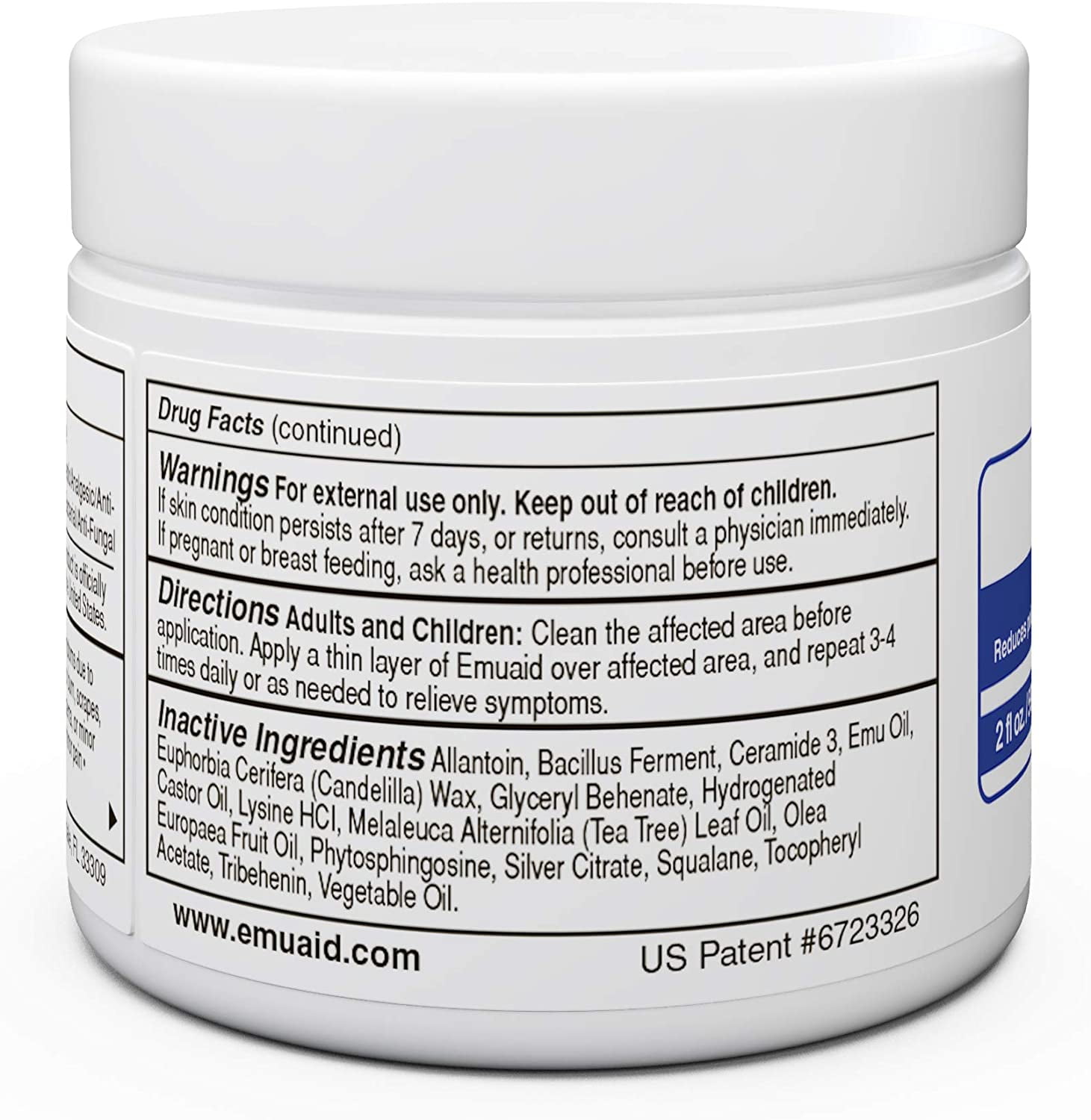 It can be prescribed for infants (from 2 months).
It can be prescribed for infants (from 2 months).
Treatment with hyporamine ointment is started at the first signs of the disease – itching, burning, redness of the skin and mucous membranes. The contents of the tube are applied in a thin layer 5-6 times a day for 4-8 days. If the disease is severe or often recurrent, then therapy can last up to 21 days.
IMPORTANT
With prolonged use of hyporamine ointment, it is necessary to control blood clotting!
Alpizarin based on herbal ingredients
The basis of the ointment is the substance tetrahydroxyglucopyranosylxanthene, which is isolated from the herb alpine kopek and Indian mango leaves.
The drug is endowed with the following pharmacological properties:
- bacteriostatic – inhibits the mechanism of protein synthesis of microorganisms;
- antiviral – reduces the reproduction of the herpes virus;
- antibacterial – kills some types of bacteria;
- immunostimulating – activates the synthesis of gamma-interferon in blood cells.

The ointment is used from the age of one year, provided there is no allergy to the constituent components. The course of treatment is determined by the severity of the symptoms of the disease, but not less than 5 days and not more than 21 days. The drug can be prescribed in complex therapy with systemic drugs.
Some patients ask if it is possible to smear green paint on herpes zoster. Any doctor will say that of course you can, but it’s not entirely effective. The fact is that Zelenka does not have an antiviral effect, therefore, it does not help in the fight against herpes infections.
Its use is justified if patients experience severe itching, which can provoke scratching and secondary infection.
Any ointment for herpes zoster should only be prescribed by a specialist, because self-medication can lead to the formation of unwanted complications, such as suppuration of the rash and scars. Remember that prompt medical attention is the key to a speedy recovery.

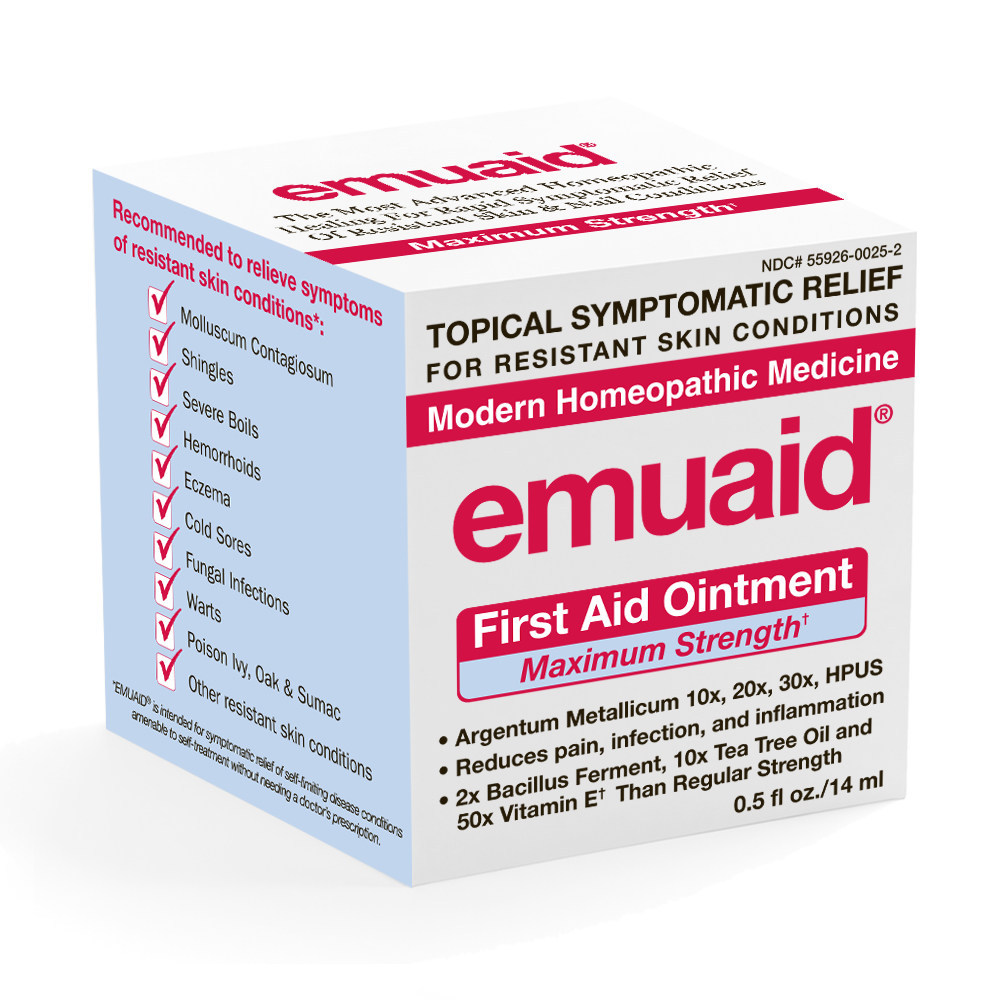 2022. https://www.aad.org/public/diseases/a-z/shingles-treatment
2022. https://www.aad.org/public/diseases/a-z/shingles-treatment 1 Herpes zoster: symptoms and treatment
1 Herpes zoster: symptoms and treatment 8.2 Dmitry:
8.2 Dmitry:


